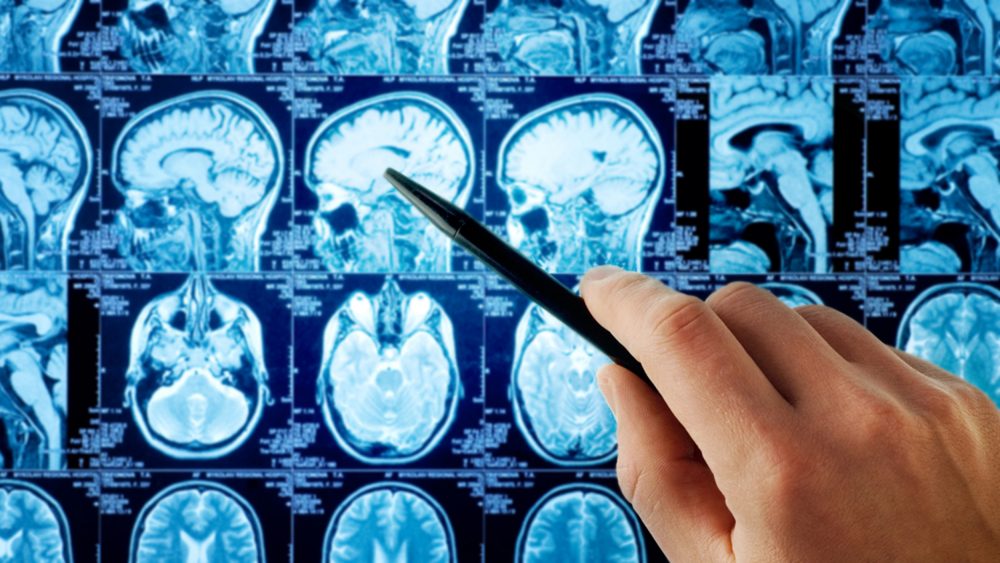Brain Cancer types
There are multiple types of brain cancer. Some examples include astrocytomas, ependymomas, and oligodendrogliomas

Headaches, weakness, and vision problems are common symptoms of brain cancer. However, it is important to note that symptoms like headaches can be caused by many things. They do not always indicate brain cancer.
If a person receives a brain cancer diagnosis, a doctor will help them start an appropriate course of treatment.
When a brain tumor is cancerous, a doctor will likely recommend radiation therapy. A doctor will select a treatment plan depending on a variety of factors, including a person’s age, type of cancer, and how fast the cancer is growing.
A brain tumor develops when brain cells divide uncontrollably. This excessive growth creates masses, or lumps, within the brain. These are known as tumors.
Tumors harm the body by pressing on areas of the brain and restricting blood flow. Additionally, tumors interfere with how neurons, the cells in charge of transmitting information, communicate with other areas of the brain and body.
Brain tumors are either primary or secondary.
Primary brain tumors originate in the brain. Secondary brain tumors emerge when cancer has spread to the brain from another part of the body.
There are two types of tumors: benign (non-cancerous) and malignant (cancerous). Not all brain tumors are cancerous. For example, chordomas are a type of benign brain tumor that grows very slowly.
When doctors find a brain tumor with an imaging scan, such as an MRI, they usually cannot tell from the image whether a tumor is malignant or benign. They generally need to perform a biopsy in order to know for certain.
There are multiple types of cancerous brain tumors. According to the American Association of Neurological Surgeons, gliomas are the most common type of brain cancer in adults. They make up 78% of cancerous tumors.
Gliomas originate from glial cells, which are cells that support neurons. There are three types of glial cells: astrocytes, ependymal cells, and oligodendrocytes.
Examples of gliomas include:
Astrocytomas
These brain tumors originate as astrocytes. They usually occur in the cerebrum, which is the large, upper part of the brain.
Astrocytomas are graded from 1 to 4, with the different levels indicating the severity. Grades 1 and 2 are relatively slow-growing. Grade 3 grows faster and is common in middle-aged men and women, though more common in men. When an astrocytoma progresses to grade 4, it is referred to as a glioblastoma multiforme (GBM), the most common form of malignant brain tumor.
Symptoms
Symptoms of astrocytomas could include:
- headaches
- seizures
- limb weakness
- vision problems (double or blurred)
- problems with speech
Glioblastoma multiforme (GBM)
Glioblastoma multiforme, which are grade 4 astrocytomas, are an aggressive, fast-growing form of cancer. They are most common in men between 50 and 70 years of age.
Symptoms
A person could experience:
- headaches
- blurred vision
- loss of appetite
- personality changes
- seizures
Ependymomas
These tumors originate from ependymal cells, which are cells that line the cavities in the brain. Ependymomas are most common in white and non-Hispanic people, and they occur more often in men than women.
Symptoms
Symptoms may include:
- headaches
- nausea
- back pain
- weakness in the arms and legs.
Oligodendrogliomas
Oligodendrogliomas develop in the brain’s white matter, which plays an important role in the communication between the brain and spinal cord, and within the brain itself. These tumors tend to grow on the cortex, which is the outer layer of the brain. However, they can develop anywhere within the central nervous system (CNS).
They are most common in middle-aged men, and they rarely occur in children.
Symptoms
Symptoms could include:
- headaches
- feeling numb
- problems with movement and balance
- difficulties with thinking
- trouble remembering things
- seizures
Some types of brain cancer are more common in children than adults. Some examples include:
Medulloblastomas
Medulloblastomas usually form in the cerebellum, which is the bottom part of the brain located at the back of the skull.
They are very fast-growing, and they spread through the CNS through the cerebrospinal fluid, a clear liquid in the brain and spinal cord.
With this tumor, a parent may notice their child experiencing problems with walking and fine motor control, like holding a pen.
Brainstem gliomas
There are two types of brainstem gliomas occuring in children.
Diffuse intrinsic pontine gliomas (DIPG) are a fast-growing form of brainstem tumor. Because they easily spread to nearby cells, they are difficult to treat.
Focal gliomas grow slowly and in most cases are benign, or non-cancerous. They are usually relatively easy to treat.
Symptoms of brainstem gliomas include headaches after lying down or upon waking up. Parents may notice their child loses their balance easily, or that they drop things more than usual. The child may also have facial weakness or double vision.
Cancerous brain tumors usually require more treatment than non-cancerous tumors.
Factors affecting how a person responds to treatment include:
- tumor location
- how quickly the tumor is growing
- a person’s age
- underlying health conditions
Doctors use several methods for treating brain cancer. These include:
- Surgery: If a tumor is easily accessible, this is the first approach a doctor would suggest.
- Radiation therapy: This includes x-rays and proton therapy. High-energy beams destroy cancer cells and shrink tumors.
- Radiosurgery: This type of therapy uses high-energy radar beams. It aims to prevent the tumor from growing and dividing.
- Chemotherapy: This type of therapy uses drugs to destroy cancer cells. It can also stop them from growing and dividing.
- Targeted therapy: This type of treatment uses drugs that target specific genes related to tumor growth.

